This particular entry isn’t my normal Bangkok-focused blog post, but it’s a topic close to my GeekHeart so I thought I’d put it up anyway. A few weeks ago the Bangkok Post asked me write a 2,000-word story about superhero films, which I quickly agreed to because I am a nerd. I started writing off the top of my head and soon had over 3,000 words; cutting it down to just over 2,000 was hard, but they accepted it, so I guess it’s good, and they told me they liked it. Anyway, since I’m a huge geek (in the manliest way possible) and I think this is fascinating stuff, I thought I’d throw it up here. This version is my original version, which differs slightly from the one the paper printed after a bit of snipping, as they are wont to do. Enjoy, fellow geeks!
Let me ask you a question – who was the first superhero? I’m not looking for heroes of legend like Hercules or Beowulf, but those who conform to the modern pop culture definition – secret identity, special abilities, maybe a lair or a few arch-enemies. Let me guess – you’re thinking it’s Superman, right? Well, you’d be close, but actually it’s widely accepted that Zorro was the archetype for the modern comic book superhero. However, Superman was indeed the first popular hero to have actual super powers; not to mention some pretty snazzy tights.
But how did the genre grow from being a forgettable niche market for kids to the multi-billion dollar cross-media juggernaut we know today? It’s been a long and difficult road to the top.
Since the ‘Golden Age’ of comics (1938-1949), the superhero genre has grown bigger every year and now includes everything from costumed vigilante billionaires (Batman) to inter-dimensional beings with godlike power (Galactus) to resurrected corpses bent on revenge (The Crow). The industry spans all forms of media, but no matter how great it is to read a really well-written comic book, nothing compares to seeing your favorite superhero on the big screen.
Believe it or not, although the superhero genre exploded in popularity in the 1930’s and 1940’s, superhero films were rare. Cheaply made television serials like Batman, Superman, and The Phantom were popular with kids but never stuck around too long, and big-screen films were often overly cheesy, even for the 60’s. If you want to see what I mean, search Youtube for “Batman shark” for a jaw-droppingly cheesy clip from the 1966 Batman movie.
It wasn’t until 1978 when the true potential of the genre was achieved on film with the release of Richard Donner’s Superman. The most expensive movie ever made at the time, it made an instant superstar out of unknown Christopher Reeve, won an Oscar for special effects, and resonated widely for its deft balance of humor, action, and heart. Unfortunately, it was a short-lived high.
Although the notion is shocking and hard to believe, the film industry saw the opportunity to make piles of dough and got greedy. The exploitative sequels to Superman got progressively worse, and by the time Superman IV came out in 1987, the Man of Steel was all but a joke. (There was also an effort to milk the brand even further with a Supergirl movie, but the less said about that the better). It seemed that the superhero genre had been diluted into obscurity before it had even really started.
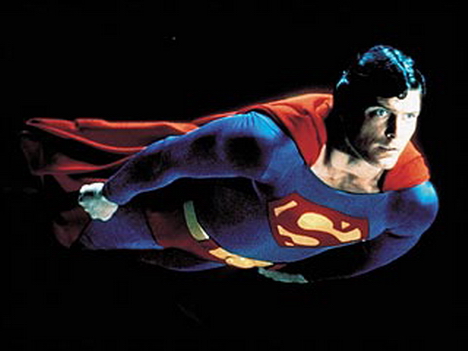
So much potential… 🙁
But then in 1989, Warner Brothers gave a little-known director $48 million to give Batman another go, bringing the character more inline with creator Bob Kane’s dark, tortured original vision. Despite fan outcry at the casting of Michael Keaton, Tim Burton’s Batman was a phenomenon when it opened. Not only did it make loads of cash, but it put a crack in the shell that geeks had traditionally hid behind. No longer was it uncool to wait in line for 3 hours to see a movie; no longer did people think that a superhero logo t-shirt was lame. Batman helped give geek culture its first inklings of an identity.
Studio heads started scouring comic books for anything they might be able to make into a Batman-style cash cow. Some bombed in spectacular fashion, but even the most successful of them were dumbed-down PG-13 offerings that did only average business and then faded into obscurity.
What many filmmakers – or at least studio heads – at the time failed to notice was that dedicated artists and writers had been working behind the scenes since the early 80’s to give worn-out heroes new back stories and entirely deeper and more complex narratives. The material was there for some intricate, meaty storytelling – it just needed to be brought out.
But as audiences grew increasingly sophisticated and aware of the potential for edgy superhero films, studios continued releasing movies that pandered to the widest audiences possible. Movies like Teenage Mutant Ninja Turtles and Jim Carrey’s The Mask were huge hits based on comic books, but were toothless and wildly different from their sources. (The original TMNT comics were gritty, noir-ish tales of battles, blood n’ babes, and The Mask was legendary for its nearly X-rated violence).
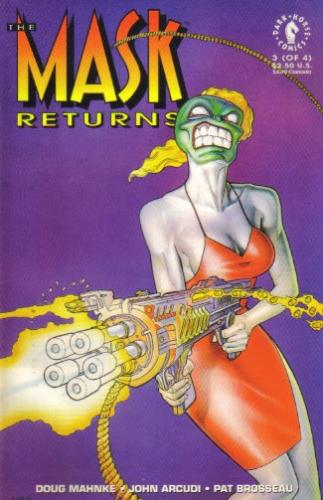
The cover only hinted at the insane violence inside.
A few films of this era are notable for their adherence to the source material. James O’Barr’s The Crow and Wesley Snipes’ vampire films Blade and Blade II were violent, gory, and scary, just like the comic book and were hits, but The Punisher and Spawn had the same qualities and bombed. The Shadow, Dick Tracy, and The Rocketeer were all films that stuck closely to their 1930’s source material, looked gorgeous, and were mostly ignored by audiences. It became clear that there was no ‘one size fits all’ model for superhero movies.
But geeks the world over will tell you that the ‘second great collapse’ of the whole superhero-movies-being-taken-seriously thing was predicated entirely by two films that repeated the sad watering down of the Superman legend decades earlier. After an okay Batman sequel, Tim Burton moved on to other projects, leaving Joel Schumacher to make Batman Forever and Batman & Robin, which nearly singlehandedly sunk the entire genre of superhero movies in two fell swoops. Loud, garish, and over-the-top, his two Batman films were stuffed with bizarre performances and ended up as campy, neon-lit smears on the superhero canvas. Once again, people thought the superhero film would slide hopelessly into irrelevance, and once again, they were to be proven wrong.
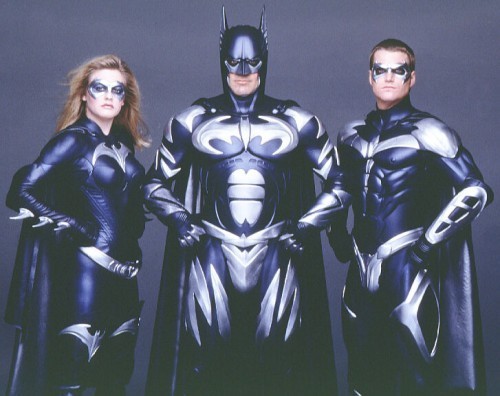
It’s hard to count how many shades of fail this is.
In 2000, X-Men was released. Based on one of Marvel Comics’ most beloved titles, 20th Century Fox lucked out when they chose Bryan Singer to direct the film. As a gay man, he understood the themes of loneliness and resentment the characters felt, and managed to write believable, coherent dialogue that resonated with audiences. Flawless casting and top-rate effects didn’t hurt, either, and when it was released X-Men ushered in a whole new era. Geek culture got its second jolt of energy, and again, even more starkly than before, it became clear that superhero films could be exciting, dramatic, deep, and – dare I say it – believable.
As an example, M. Night Shyamalan’s Unbreakable wasn’t an action-packed adventure film, but a slow-burn drama about a man who realizes he has superpowers. It wasn’t entirely successful, but it served to show the breadth that the genre is capable of.
Of course, action-packed spectacle is what most superheroes are all about, so it’s no surprise that’s what the majority of them lean toward. The past decade has seen its share of weak entries on the field – Daredevil, Elektra, Catwoman, The Punisher, Hulk, Ghost Rider, Fantastic Four, Hancock, and The Green Hornet have all either bombed outright or underperformed at the box office, victims of studio meddling, outdated concepts, muddled writing, or all three.
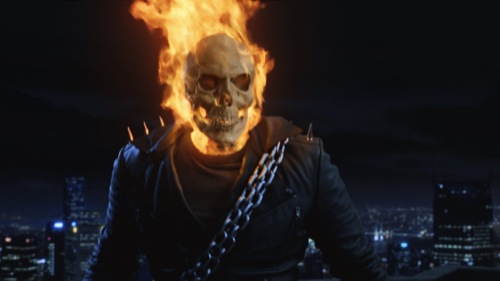
His temper always did get the best of him.
But that time has also had some of the most capable, soaring, enthusiastically awesome superhero storytelling that’s yet to be seen, due in no small part to the filmmakers respecting the source material and – most importantly in the age of ubiquitous social media – listening to the fans.
Spider-Man was warmly embraced by geek and non-geek alike, but the high-water mark was set with Christopher Nolan’s Batman Begins, a ‘reboot’ of the Batman mythos that used top-tier talent, a multi-layered script, and a dark, sinister vision of a tortured superhero. The trend continued with Iron Man, which revived Robert Downey Jr.’s career, and Hellboy, which, although not a success on the same level as some of its peers, was nonetheless seen as an entertaining, bang-on adaptation of an underground comic book classic.
The bar was raised even higher with The Dark Knight, which, despite its complex plot, intricate characters and adult themes, grossed over $1 billion worldwide, and won Heath Ledger a posthumous Oscar for his ferocious, eloquent turn as one of the most diabolical villains ever put to screen.
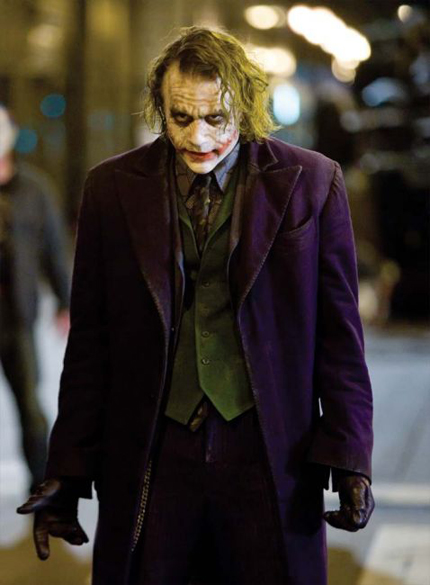
Smarmy quip unwise in the presence of such badassness.
With the final acceptance of superhero movies as a legitimate film genre, some filmmakers took chances that would likely have been unavailable to them a decade previously. Kick Ass, Jonah Hex, The Spirit, and Watchmen – long known as the ‘un-filmable comic book’ – all took their chances, to varying degrees of success. But no matter – superhero films, and the geek culture that fueled their early growth, have now gone mainstream, as fans debate the smallest details in spy pics sent around the world on Twitter, Facebok and Google+. Indeed, the success of the genre has even altered how ‘tent-pole’ summer movies are being made.
For instance, Marvel Studios – no longer content to make a single superhero movie and hope a few sequels can be squeezed out – has made an ambitious, long-term plan that will culminate in what they hope will be an epic blockbuster. Iron Man, The Incredible Hulk, Thor, and the just-released Captain America all serve as origin stories, as each of these characters will next be seen in The Avengers in 2012. Sharp-eyed fans will also notice crossover details in all of them (for instance, Tony “Iron Man” Stark’s father plays a central role in Captain America, while the ‘super soldier’ serum in Captain America makes a conspicuous appearance in The Incredible Hulk, and so on).
But the danger of dilution and a misunderstanding of what makes a superhero movie special is never too far away. Witness the troubling recent trend to just take a ‘do-over’ if a film doesn’t perform to expectations. The Amazing Spider-Manwill see a new cast and a new director tackle the same origin story in 2012, and on the heels of the disappointing performance of Superman Returns, a new team will have another go with Man of Steel in 2013. The Green Lantern wasn’t a bomb, but it wasn’t a runaway success either, and sequels to Iron Man, Thor, and – believe it or not – the as-yet unreleased The Amazing Spider-Man have already been announced.
If you’re a fan of superhero movies, now is an exciting time to be around. But if history is any indication, care must be taken – no one wants to see the ‘third great collapse’ of the superhero genre.
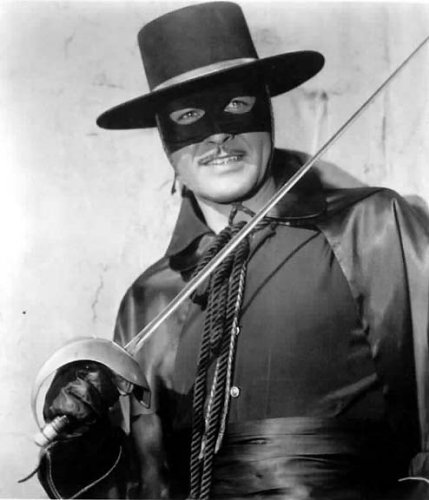
And while you’re at it, don’t forget to thank this guy.
Notable Names in Superhero Lore
Zorro
First appearance: 1919
First film: The Mark of Zorro, 1920
Nickname: The Fox
Arch-enemy: Many – usually other power-hungry noblemen
Often cited as an early archetype for superheroes, some would argue that Zorro doesn’t fit, but he’s actually got the same attributes as Batman. Nobleman Don Diego de la Vega uses his black-masked alter-ego to fight crime in 19th-century California.
Superman
First appearance: 1938
First film: Superman and the Mole Men, 1951
Nickname: The Man of Steel, The Big Blue Boy Scout
Arch-enemy: Lex Luthor
Probably the best-known superhero out there, he has become an icon of The American Way, and has been the subject of countless movies, films, serials, books, videogames, and comics. DC Comic even killed him off in 1993, but brought him back pretty quickly. Clark Kent is actually Kal-el, an alien from the doomed planet Krypton who uses his powers to do good deeds and battle evil.
Batman
First appearance: 1939
First film: Batman, 1966
Nickname: The Dark Knight, The Caped Crusader
Arch-enemy: The Joker
Currently riding high as superhero royalty, Batman has seen many incarnations, but the latest one is probably the closest to the dark, WW2-era creation that Bob Kane intended. Billionaire Bruce Wayne moonlights as a violent, shadowy vigilante with the help of high-tech gadgets and his trusty butler Alfred.
X-Men
First appearance: 1963
First film: X-Men, 2000
Nicknames: None
Arch-enemy: Magneto
With a large roster of characters and a near-limitless potential for crossovers, spinoffs and sequels, this is one of Marvel’s most valuable properties. The first few films were great; the third and a Wolverine spinoff, not so much. Professor Charles Xavier runs a school that teaches those with mutant powers to control their gifts as they fight crime, prejudice, and a government who wants to harness their powers.
Spider-Man
First appearance: 1962
First film: Spider-Man, 2002
Nicknames: Webhead
Arch-enemy: The Green Goblin
Although Sam Raimi’s first two Spider-Man films were huge successes, the third was stuffed with too many characters, and suffered as a result. Sony decided to reboot the franchise with an entirely new cast, new origin story, and new director. Peter Parker – a shy, introverted high schooler – gets bitten by a radioactive spider and gains super strength and the ability to shoot webs and stick to walls.
Iron-Man
First appearance: 1963
First film: Iron Man, 2008
Nickname: Shellhead
Arch-enemy: Mandarin
One of the lesser-known comic book titles nonetheless became a massive hit under the steady direction of long-time fan Jon Favreau – not to mention the perfectly cast Robert Downey Jr. Billionaire weapons developer Tony Stark loses interest in building weapons that people use to kill, and designs his own high-tech armor that allows him to fight his own wars against those who would harm the innocent.
The Green Lantern
First appearance: 1940
First film: The Green Lantern, 2011
Nickname: The Emerald Knight
Arch-enemy: Sinestro
Although he’s been around for 70 years, the Green Lantern hasn’t achieved the same level of success as his peers, despite a large, loyal fanbase. The big-budget Green Lantern movie this year wasn’t a bomb, but it didn’t perform as well as expected; a sequel is about 50/50 right now. Hal Jordan is chosen to join the Green Lantern Corps, a group of intergalactic police that each wield a power ring which gives them nearly unlimited power to fight evil.
Captain America
First appearance: 1941
First film: Captain America, 1990
Nickname: Cap, The Star-Spangled Avenger
Arch-enemy: The Red Skull
Created as a propaganda tool to stir up patriotism during WW2, Cap has been fighting bad guys ever since. In March of 2007, he was cut down by a sniper’s bullet and killed in a much-publicized story arc…but not really. No one ever stays dead in the comics. Steve Rogers is a wimpy kid with a big heart. When he’s given the super soldier serum in 1942, he transforms into Captain America, fighting injustice and evil around the world. He’s eventually frozen, waking up to continue the battle in the present day.


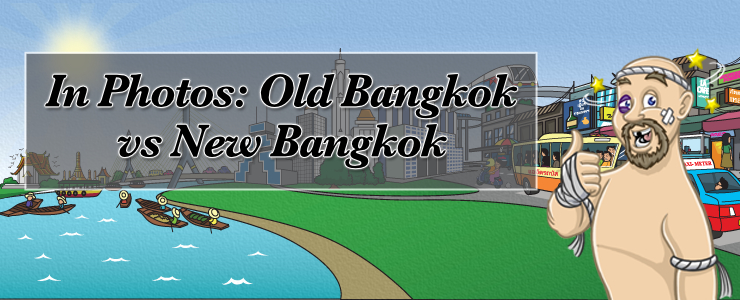
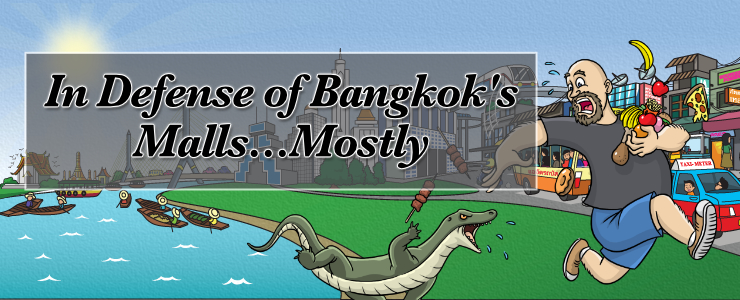
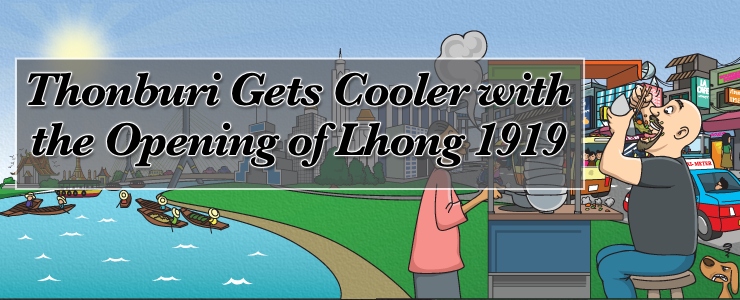
Leave A Comment